What is bacterial vaginosis?
Most vaginas smell a little from time to time, and it’s usually nothing to worry about. But if the odor coming from your vaginal tract is strong and reminiscent of rotten fish, it could be a sign of bacterial vaginosis, or BV. Bacterial vaginosis is the most common vaginal infection that causes vaginal odor, affecting as many as one in four women in Europe. Women of childbearing age have the highest risk for BV, but you may become infected at any age. Although BV is caused by a bacterial imbalance and isn’t considered a sexually transmitted disease, it can increase your risk of contracting a more serious disease, for example chlamydia. The good news is that BV is easily treated and prevented with natural products that you can buy online or at your local pharmacy.
Bacterial vaginosis symptoms
The tell-tale sign of bacterial vaginosis is vaginal discharge with a pungent, fish-like odor that sometimes becomes worse during or after sex or your period. The texture and color of the discharge often change as well. You may notice that your vaginal discharge becomes thinner and more watery, and that it takes on a grayish-white color. Some women also have itch or irritation in the vaginal area, but this is fairly uncommon. And as many as half of all women who are infected with BV actually don’t have any symptoms at all.
Bacterial vaginosis treatment
BV is normally treated with antibiotics or gels or creams prescribed by a doctor, but many women have been helped by effective over-the-counter treatments as well. The downside with antibiotics is that they wipe out both beneficial and harmful bacteria in the vagina, which disrupts the bacterial balance and increases the risk of getting another infection. Unfortunately, as many as half of all infections recur within 12 months, despite treatment. To avoid recurring infections of bacterial vaginosis, you may want to try a natural product like Multi-Gyn ActiGel, an over-the-counter alternative to antibiotics that supports the good bacteria and offers instant relief from bothersome BV symptoms. Male sex partners do not need to be treated for BV, but if you’re a woman with a female partner she too should be treated, since women can pass on the infection to each other during sex. It’s especially important to get treatment if you’re pregnant, since BV can lead to preterm birth or low birth weight.
How to treat bacterial vaginosis
To treat bacterial vaginosis with Multi-Gyn ActiGel, simply squeeze out a small amount on your fingertip and apply it around the vaginal opening at least twice a day for at least five days. Since the gel is a natural product with no side effects, you can use it as often as you please to support vaginal health and prevent BV as well as yeast infections. Use it to get rid of troubling BV symptoms and improve your quality of life.
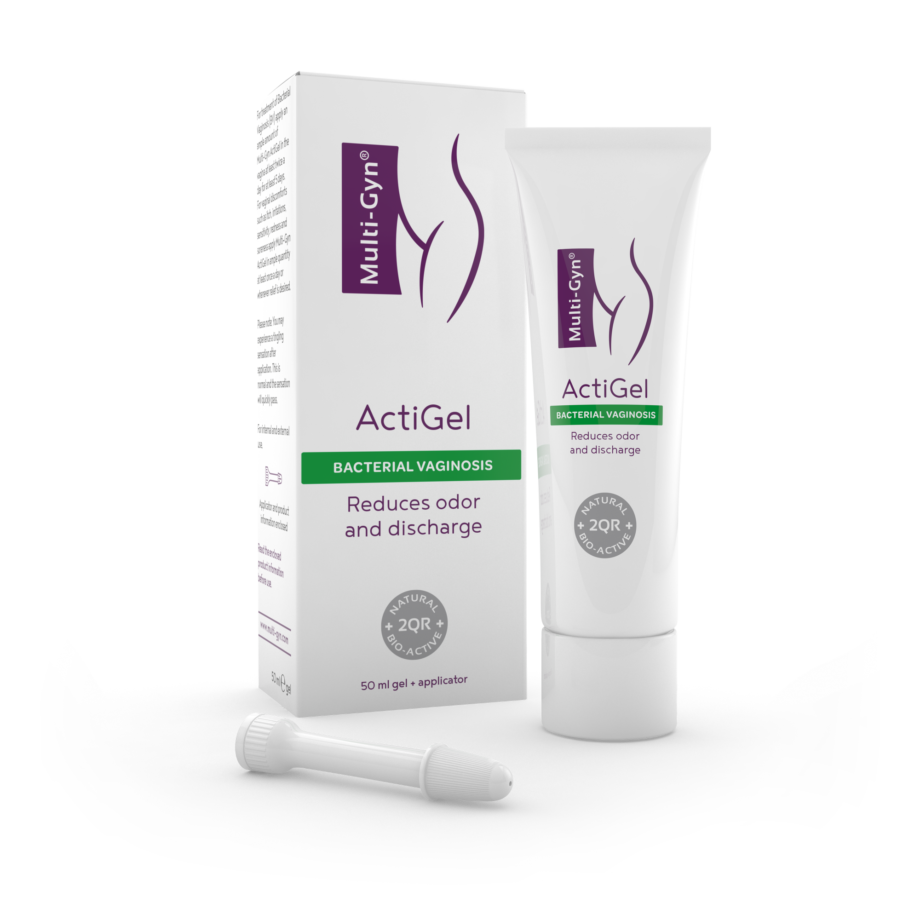
Multi-Gyn ActiGel
Treats bacterial vaginosis (BV)
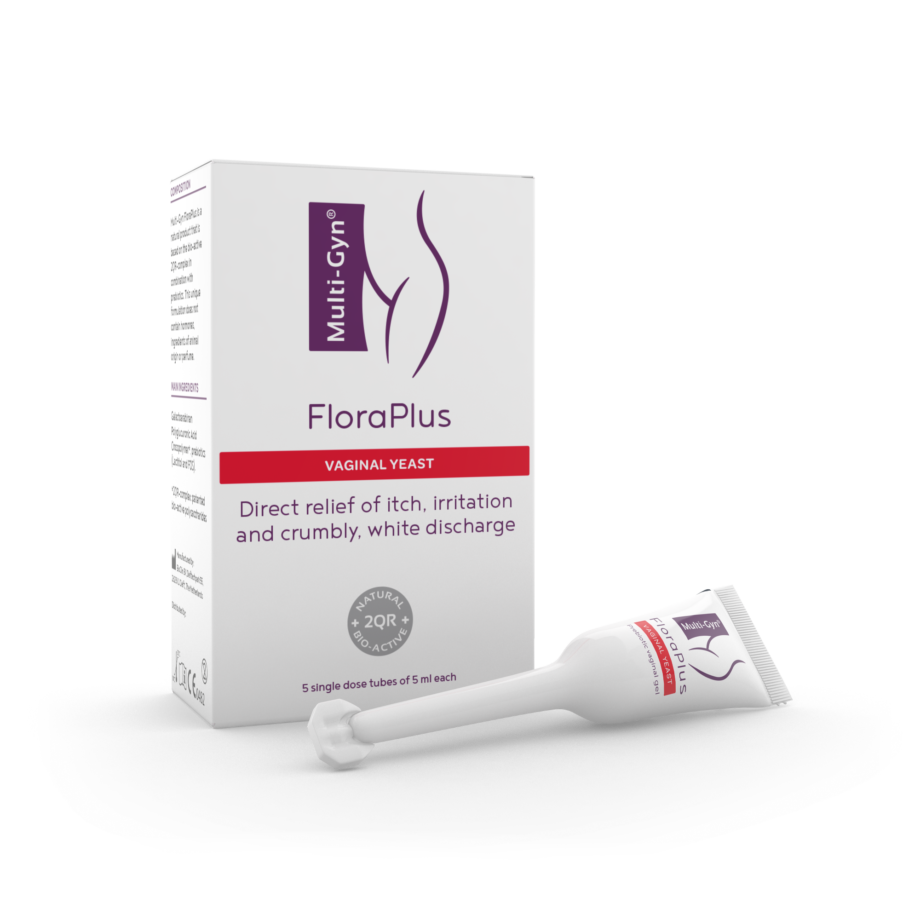
Multi-Gyn FloraPlus
Treats vaginal yeast symptoms
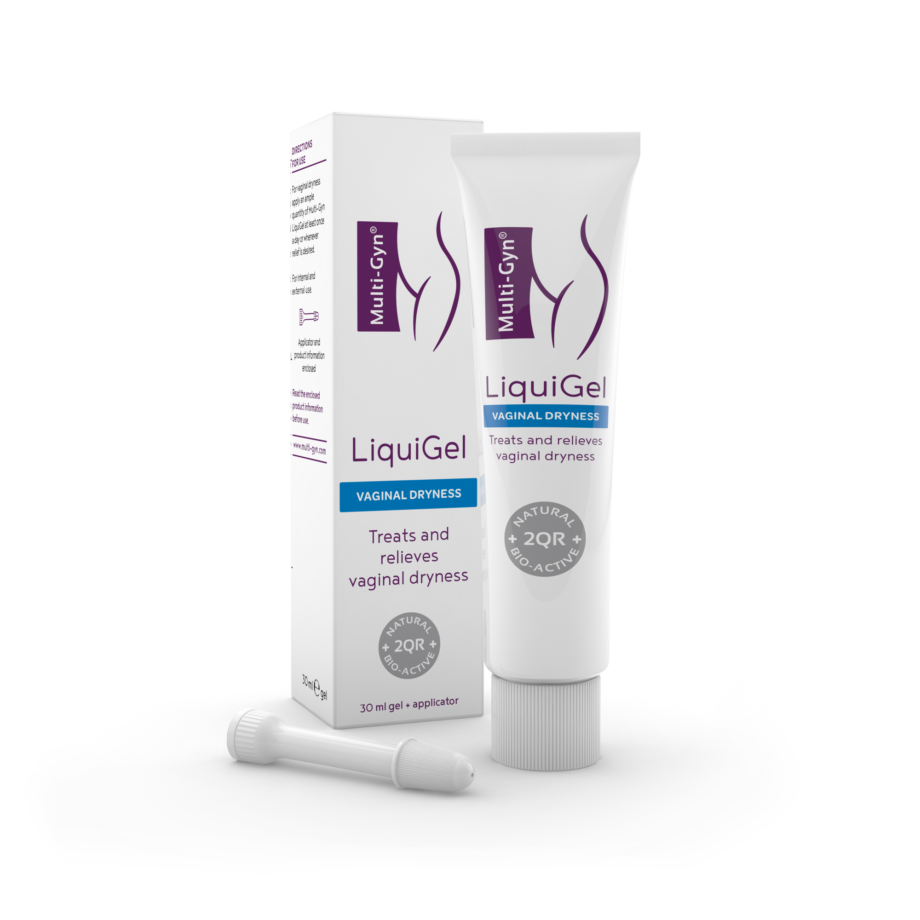
Multi-Gyn LiquiGel
Treats and relieves vaginal dryness
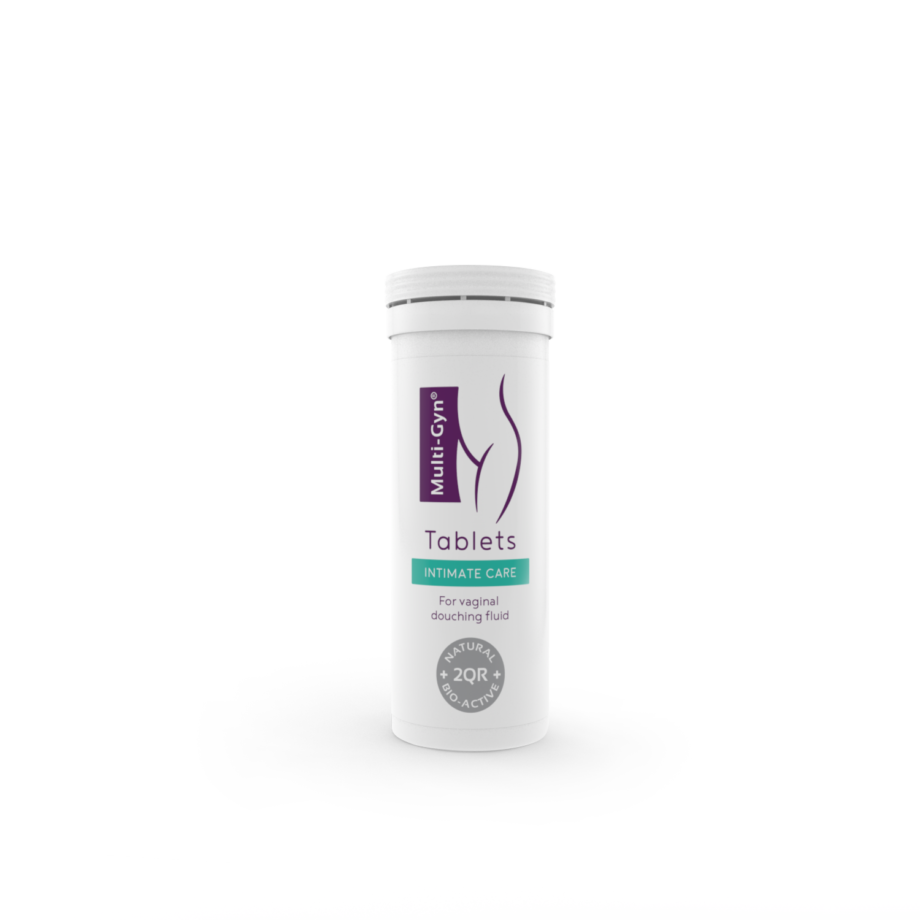
Multi-Gyn Tablets
For vaginal douching fluid
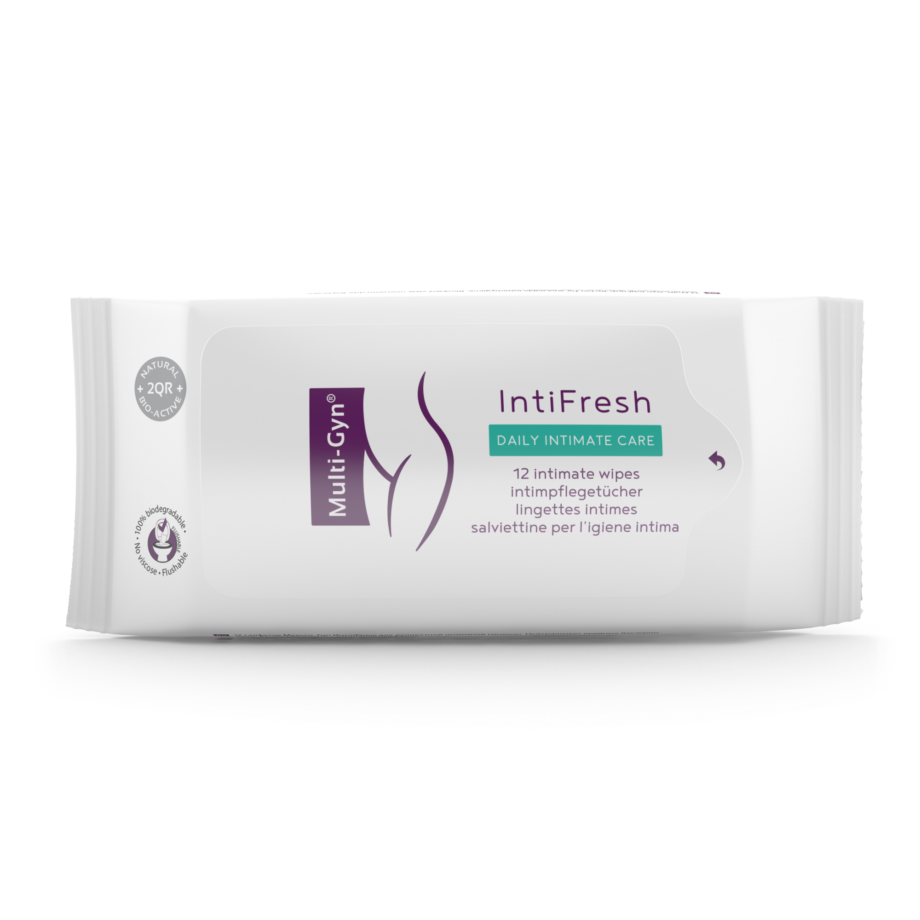
Multi-Gyn IntiFresh
Wipes for a mild intimate hygiene

Multi-Gyn IntiSkin
Soothes irritations of the intimate skin area
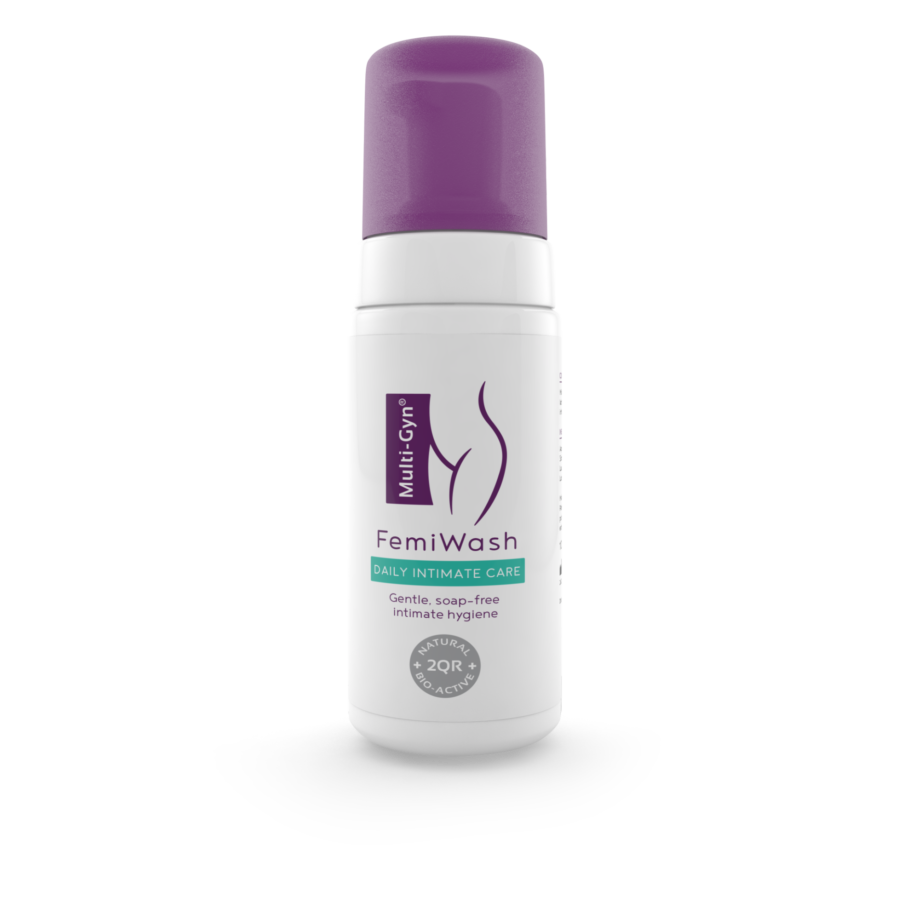
Multi-Gyn FemiWash
Gentle, soap-free intimate hygiene

Multi-Gyn Compresses
Maternity. Soothing effect on the external intimate area
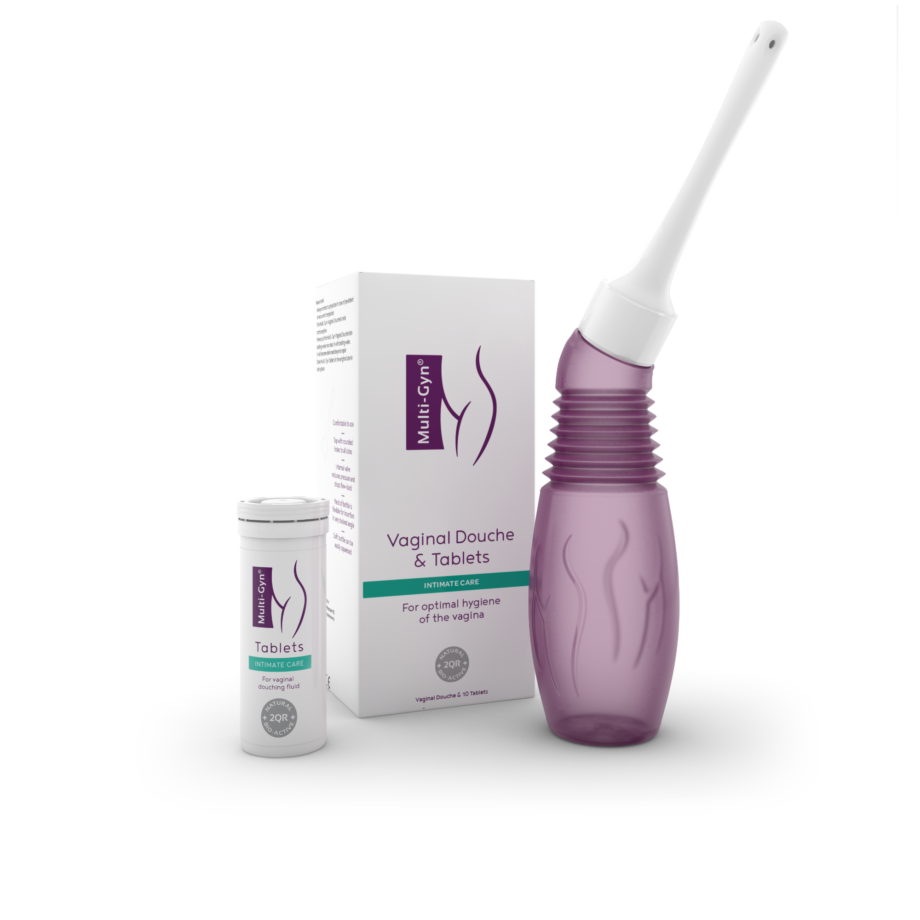
Multi-Gyn Douche & Tablets
For optimal hygiene of the vagina
Bacterial vaginosis causes
Aside from the bowel, your vagina is host to more bacteria than anywhere else in your body, most of them belonging to the Lactobacillus family. These ”good” bacteria do double duty by both regulating the pH level of the vagina and keeping harmful bacteria in check. But if the pH in your vagina rises above 4.5, this natural balance is disturbed and harmful bacteria may start growing uncontrollably, resulting in bacterial vaginosis. Researchers still don’t fully understand the causes of these changes, but there are some factors that probably increase your risk of infection. For example, bacterial vaginosis is more likely to occur if you:
- are a smoker
- are pregnant
- have multiple sex partners
- have sex with a new partner
- are a female and have sex with other females
- douche your vagina excessively
- use an intrauterine contraceptive device
- don’t produce enough Lactobacilli bacteria in the vaginal tract
Bacterial vaginosis or yeast?
Bacterial vaginosis and yeast infections are the most common vaginal problems in women and because they have similar symptoms, the two sometimes get mixed up. While both are caused by an imbalance in the natural vaginal flora and are typically associated with unusual discharge, the appearance of the discharge differs. Discharge that is thick, grainy and odorless is likely caused by yeast, while a thin, grayish-white discharge that smells like rotten fish is probably due to BV. If you’re not sure what’s causing your symptoms, or if you’re still having symptoms after trying an over-the-counter product, make sure to see a doctor to rule out any sexually transmitted diseases or other serious conditions.

